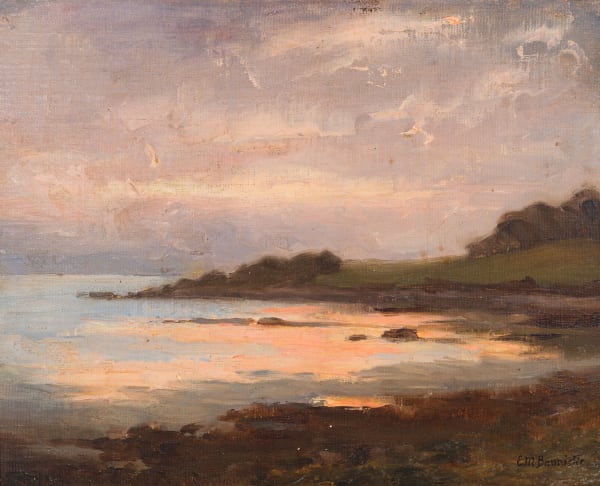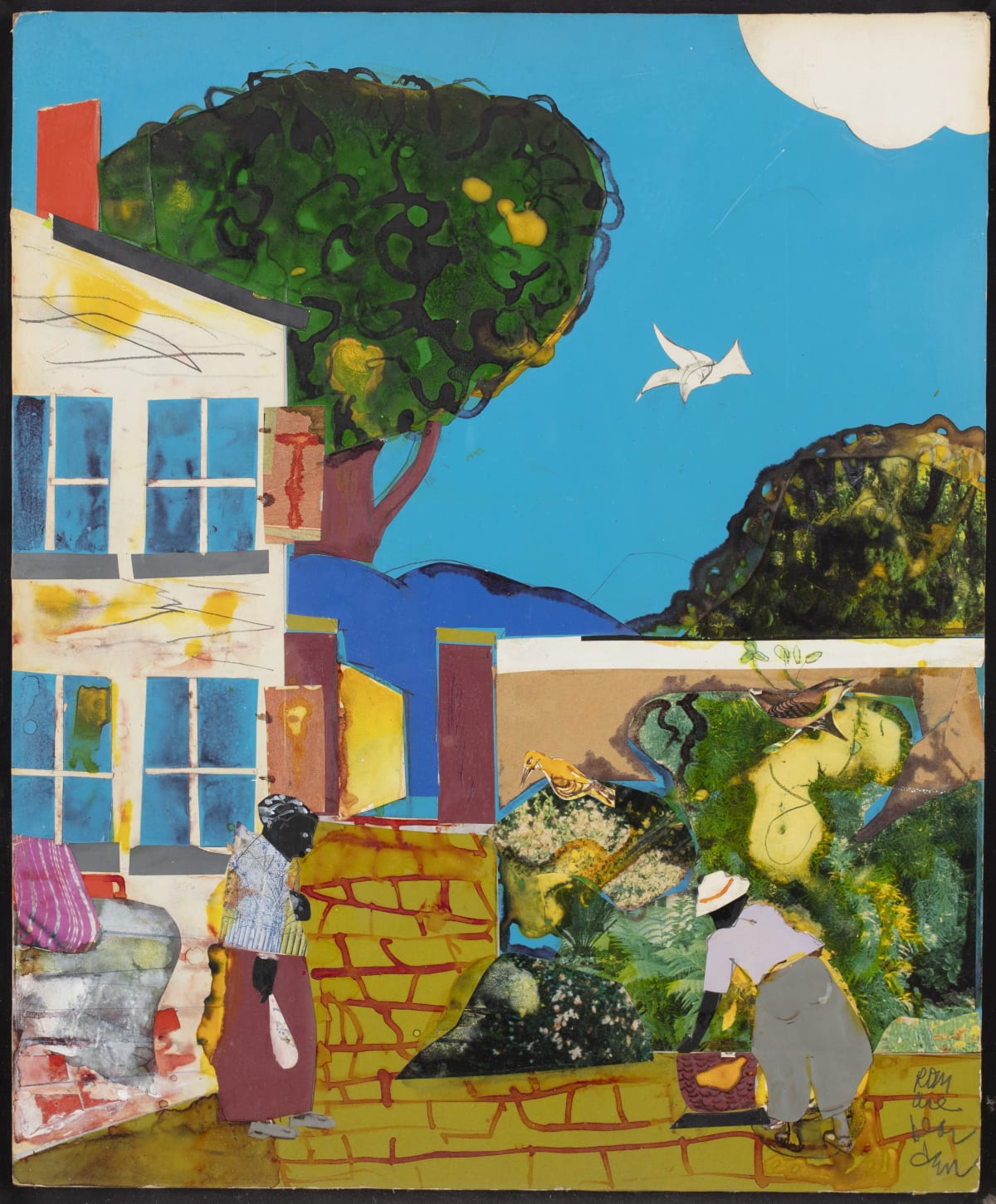E.M. Bannister
In 1870 Bannister moved to Providence with his wife Christiana Cartreaus, a Narragansett Indian, and became one of the most prominent painters of the region. Bannister was able to open his own studio and paint full time. He was a founder and member of the Providence Art Club and was an original board member of the Rhode Island School of Design.
Bannister faced an uphill battle to become a professional artist. Despite the bigotry he experienced, Bannister's reputation grew. Although he never took formal art training, he was an accomplished painter who was deeply respected in the community and kept busy with numerous portrait commissions. Bannister's deep spiritual awareness was the force that drove him to persevere against all odds.
The historian Anne Louise Avery is currently writing a major biography and compiling the first Catalogue Raisonne of Bannister’s work.



